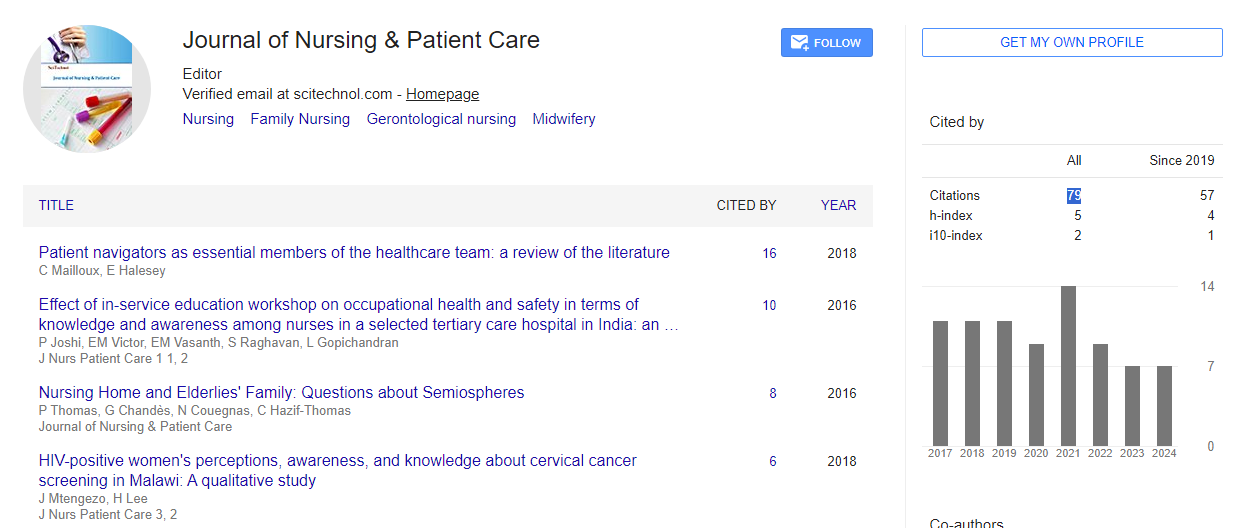Patient safety incidents during interhospital transport of patients: a prospective analysis
Cathelijne Lyphout
University Hospital Ghent, Belgium
: J Nurs Patient Care
Abstract
Introduction: Interhospital transport of critically ill patients is at risk of complications. The objective of the study was to prospectively record patient safety incidents that occurred during interhospital transports and to determine their risk factors.
Methods: We prospectively collected data during a fifteen-month period in two hospitals. Patient and transport characteristics were collected using a specifically designed tool. Patient safety incidents were appraised for healthcare associated harm, and categorized as technical, operational, and communication problems.
Results: Our study included 688 patients who were transferred to or from one of both hospitals by physician or nurse led transport, with complete records. A patient safety incident was reported in 16.7% of transports, health-care associated harm was noted in 3.9% of cases. In multivariate analysis, three factors remained significantly associated with an increased risk of healthcare-associated harm: operational incidents (odds ratio=144.93, 95% CI=37.55– 767.50, P<0.001), communication incidents (odds ratio=11.05, 95% CI=3.02–52.99, P<0.001) and the modified sequential organ failure assessment (M-SOFA) score (odds ratio=1.198, 95% CI=1.038–1.40, P=0.017).
Conclusions: The observed rate of patient safety incidents during interhospital transfers is lower than previously reported in the literature. However, there is limited previous work done on this topic. Operational and communication incidents and a higher M-SOFA score are significantly associated with increase odds of harmful incident. These findings call for stricter preparation of transfers, with clear and standardized communication.
 Spanish
Spanish  Chinese
Chinese  Russian
Russian  German
German  French
French  Japanese
Japanese  Portuguese
Portuguese  Hindi
Hindi 